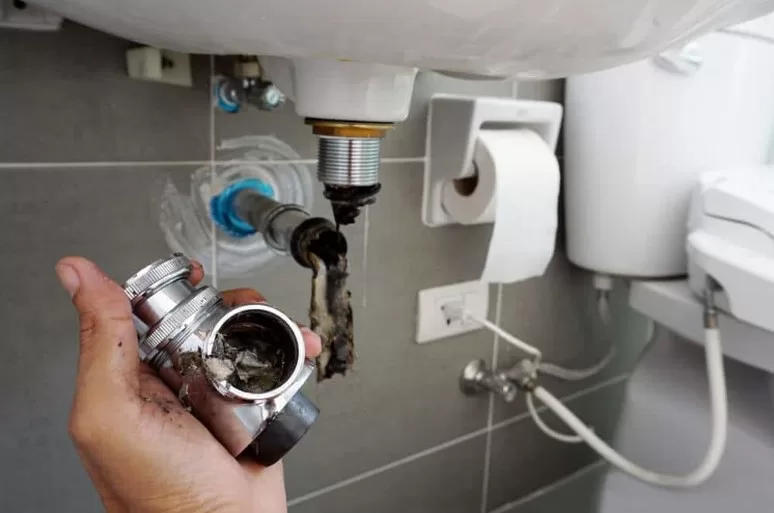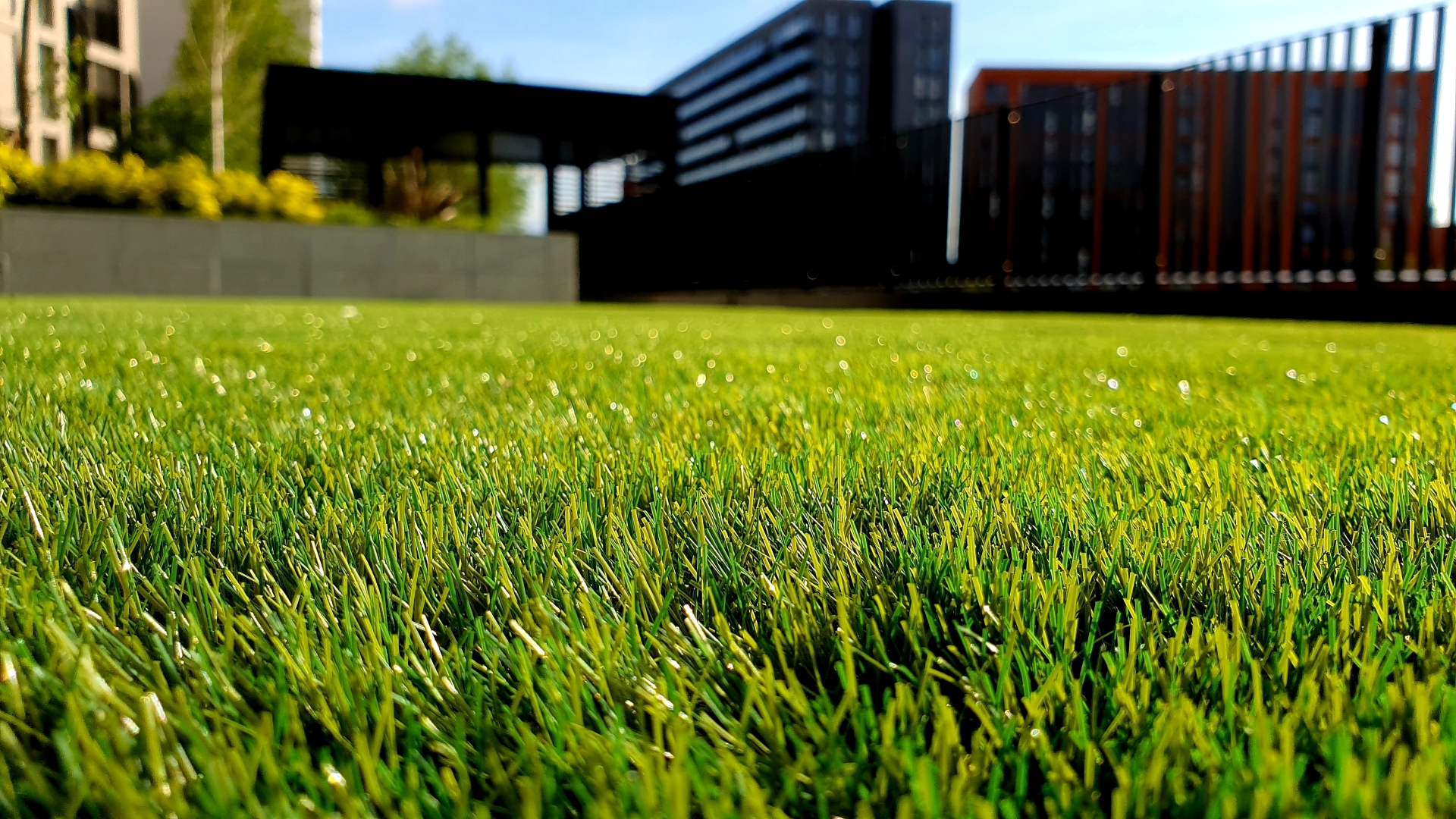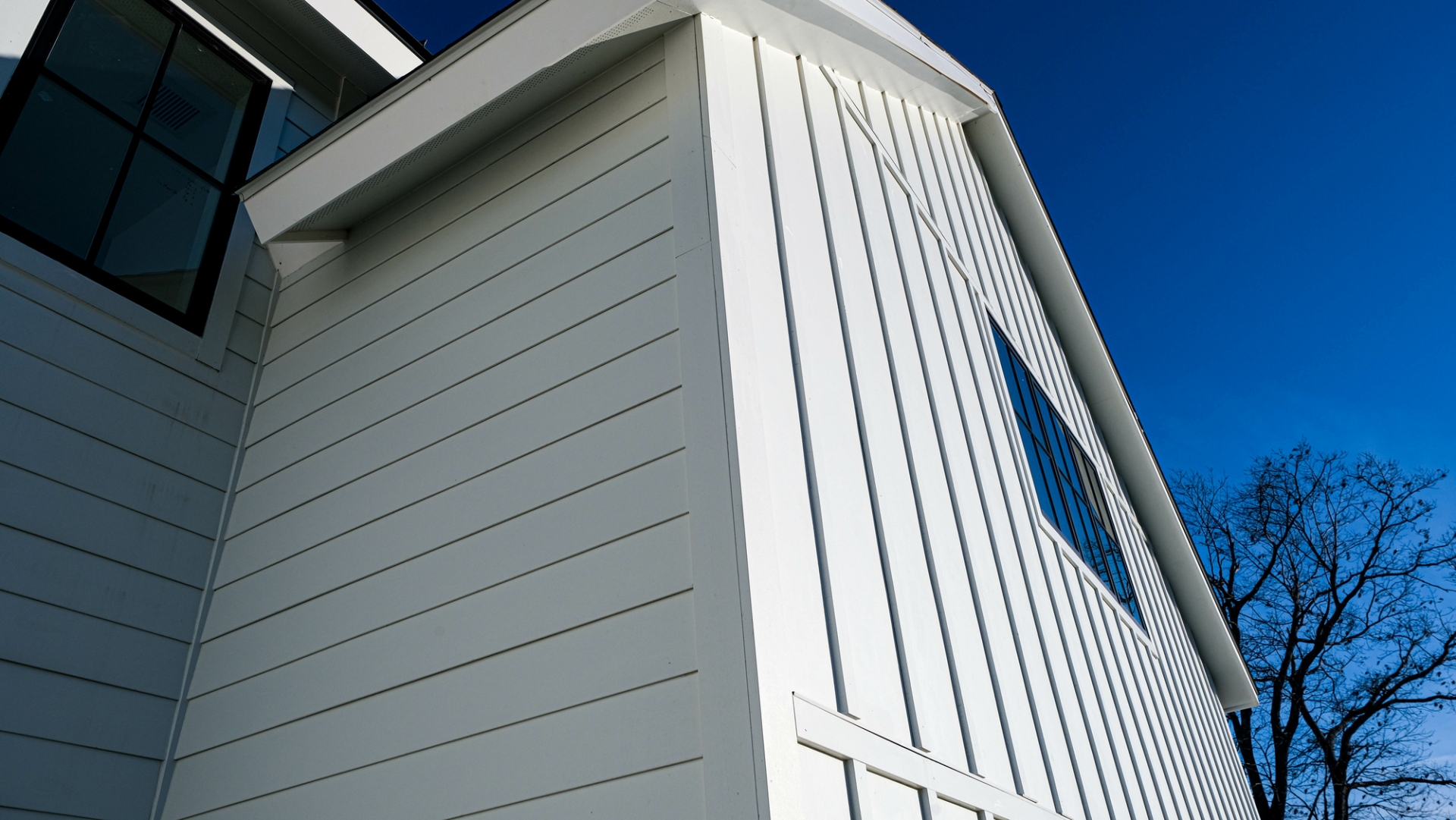During extreme temperatures, the atmosphere can get unbearably uncomfortable. Sweat starts to form on your brow as the heat becomes suffocating. This is when your air conditioning system becomes your best friend, as it offers a cool home environment.
To keep this system running smoothly, it’s crucial to conduct regular maintenance checks. And with a few simple steps, you can keep your AC system in top shape and enjoy maximum comfort year-round.
So, if you’re a homeowner looking to sustain optimal functioning of your AC unit, read on. Here are seven essential maintenance tasks to add to your checklist:
1. Schedule Professional Maintenance
Routine expert care is necessary to ensure your AC system functions at its best. When you hire a professional for AC maintenance, your system will be thoroughly inspected. During this process, these experts can identify problems that may go unnoticed by an untrained eye.
To find a reputable HVAC specialist, consider asking for recommendations. You can also search for certified technicians from respected organizations, such as the National Association of Home Builders (NAHB). They often have directories of qualified professionals in various localities.
2. Remove Any Obstructions
Next, it’s vital to check your AC system for any obstructions. Over time, debris like leaves, grass, or fallen branches can accumulate around the outdoor unit. These tend to restrict airflow and reduce the system’s cooling capacity.
To prevent this, consider these tips:
- Turn off the power to your AC system before starting any maintenance tasks.
- Use a broom or brush to gently remove visible debris from the outdoor unit’s fins.
- Remove large branches and debris by hand or with gardening tools.
- Trim nearby branches and foliage to prevent them from falling on the unit.
Eliminating these obstructions keeps your AC system running smoothly, providing adequate cooling throughout your home.
3. Examine and Maintain Condensate Drain
Your AC system cools the air and produces condensate that requires effective draining. However, dirt, algae, or debris can impede the condensate drain line over time. This blockage can lead to water leaks, which can affect your AC unit’s performance. Regular condensates drain inspection and maintenance avert such issues.
Imagine noticing water pooling around your indoor AC unit. Concerned, you call an HVAC technician who inspects the condensate drain line and finds algae clogging it. They remove the blockage and clean the drain line thoroughly. Clearing the condensate drain prevents water damage and preserves seamless AC performance.
4. Check Fan and Blower Motors
The fan and blower motors are essential components of your AC system. They circulate the cooled air throughout your home. Inspecting these motors can prevent issues like overheating or motor failure. Professional technicians can efficiently check for loose connections, lubricate parts, and run motors.
Say that you notice unusual noises coming from your AC unit. Worried about a potential problem, you schedule a maintenance visit with a professional HVAC specialist. They inspect the fan and blower motors and find one is worn, causing noise. Thanks to their proficiency, they replaced the motor, ensuring the AC system runs smoothly.
5. Inspect and Seal Air Ducts
Leaky air ducts significantly reduce the effectiveness of your AC system. Air leaks waste energy as cooled air escapes through the leaks and doesn’t reach its intended destination. Leak detection and air duct sealing can boost cooling efficiency and save energy.
Imagine finding that certain rooms in your home are warmer than others, indicating uneven airflow. Wishing to address this issue, you hire an HVAC professional to inspect your air ducts. They identify several duct leaks, causing the cooled air to escape into the attic. After that, they sealed these leaks with HVAC tapes or mastic for even air distribution throughout your home.
6. Test Thermostat Accuracy
Lastly, your thermostat’s accuracy is vital for maximum AC performance. As time passes, thermostats can become inaccurate due to dust or calibration issues. Testing your thermostat’s accuracy and recalibration ensures that your AC system is cooling your home to your desired temperature.
Say you notice that your AC system runs longer than usual, causing your home to feel cooler than the set temperature. Concerned about energy efficiency, you decide to test your thermostat’s accuracy. Using a separate thermometer, you compare the temperature readings with the thermostat’s display. Then, you discover that the thermostat is 3°F higher than the actual temperature. Recalibrating the thermostat allows you to achieve more accurate temperature control and reduce cooling.
Key Takeaways for Optimal AC Performance
Overall, following this AC maintenance checklist will help keep your system running smoothly, maximizing cooling efficiency and unit lifespan. From scheduling professional maintenance to examining thermostat precision, you can enjoy an energy-efficient home year-round.
So, start implementing these tasks today to keep your AC system in optimal condition. Best wishes for a trouble-free AC maintenance session!












